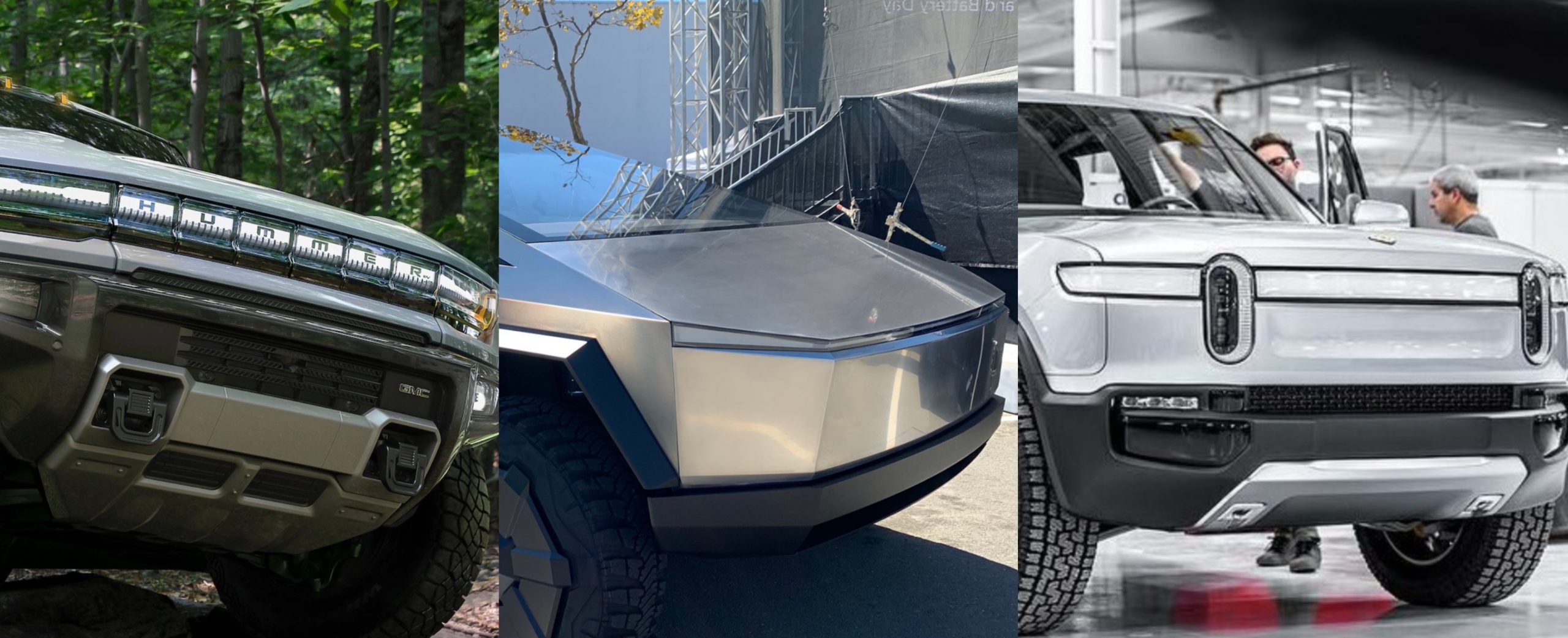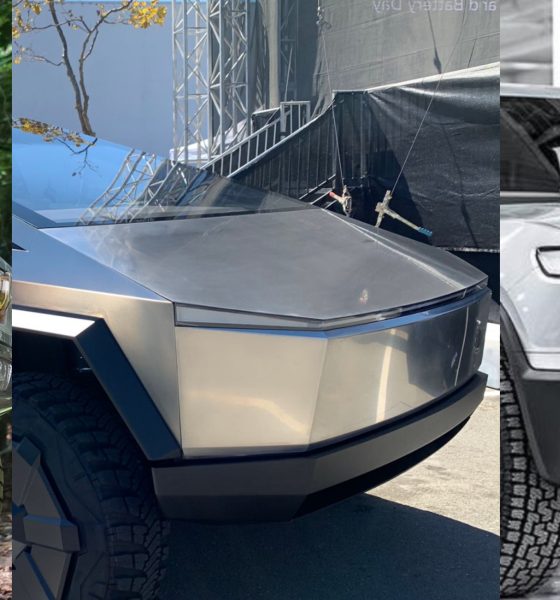The Tesla community is one of the more polarizing groups that exists in the world of cars. It appears that it is almost 50/50 in terms of whether supporters of Tesla are willing to lend their support to other manufacturers. Some aren’t willing to hear other companies out.
While there isn’t an overwhelming push in one way or another, one thing is for certain: Tesla supporters love Tesla. But whether they’re willing to commend another automaker for developments that they may have made or cars they plan to build is a different story.
For years, Tesla was always considered a car company that didn’t have much potential. It didn’t have much money. It didn’t have many proven automotive industry veterans behind the engineering or supply chain of their cars, and it was trying to convince people that gas was inferior to electric. In 2008, this wasn’t a simple task. It was closer to impossible at the time.
Only a few people could afford Tesla’s Roadster, which was all apart of the plan so the company could pile up some funding for future projects. But on top of that, even if it was affordable, would people have bought it? Who knows.
This is a preview from our weekly newsletter. Each week I go ‘Beyond the News’ and handcraft a special edition that includes my thoughts on the biggest stories, why it matters, and how it could impact the future.
But after Tesla started manufacturing the Model S, people began to really listen. People had invested their money into the company’s IPO just two years earlier, and the Model S was the sleek, fast, and pretty car that everyone wanted. But it was still an uphill climb. After the Model X came out, it wasn’t much of a difference; it was just the SUV version of an electric car. But the Model 3 came around and convinced many people around the world that Tesla was for real. It had built a car that people could afford. It had great range, it had performance. Most of all, Tesla proved that it could mass-produce a vehicle, even if it was hell.
Slowly but surely, the doubters switched sides. They realized they had been all wrong about Tesla, but the early investors and the people who have believed in the company since the beginning weren’t having it. Who could blame them?
They had believed in Tesla from the start. They were the ones who knew that Elon Musk could lead the company to a new era, and they were right. Now that others are coming on board, there is a spot in that where many of us can feel a bit of sympathy for them. If you weren’t with us then, don’t be with us now. Hints of a bandwagon feel come to mind when explaining this situation. It’s almost reminiscent of how I see a lot of Chiefs hats and jackets at the store now. I don’t for a second believe there are this many Kansas City fans in York County, PA.
I don’t necessarily disagree with what the Tesla loyal fans are doing. They have believed in Tesla since day 1, and now that it’s the most valuable car company in the world and is successful, many people are on board, and that can be not very pleasant.
However, more fans means more sales, which means the stock price goes up. It means there are more EVs on the road instead of gas cars, and it means Tesla’s mission is coming true. While the fandom is something that can be chalked up to a “bandwagon feel,” maybe some people just wanted proof that Tesla was for real, and I can understand that too.
Tesla’s Day 1’s also have had to deal with other car companies casting stones in Tesla’s direction for years. GM, Ford, all of these companies didn’t care about making EVs. They would roll out one or two models, some of them never even making it to production lines. Then they would say Tesla’s business model was ridiculous or unsustainable. Now, they’re drawing inspiration from that “unsustainable” company. Interesting how that works, isn’t it?
Now that other car companies are all about the electric mission, they’re claiming their car is the “Tesla Killer” (a term I have come to hate in my time as an automotive journalist). They’re claiming their batteries will be better, and their cars will be cheaper. Blah blah blah, we’ve all heard it before. The problem is these companies continue to talk the talk but not walk the walk. They’re always saying how they will be the next big thing, but it rarely comes to fruition considering car companies constantly delay releases or do away with projects completely.
On the other hand, Elon has always been an open supporter of more car companies making more EVs. It all contributes, and I don’t think he’s ever taken any criticism very personally; I would imagine he’s used it as motivation based on the way things have turned out. I personally commend him for always taking the high road and never being petty or ugly toward a car company that hasn’t supported him. I think it only added fuel to the fire for him and made him want to accomplish the Master Plan that much more.
But if we all love Elon and support him and are thankful for what he’s done for the EV community, should we take his guidance and support other car companies for what they’re trying to do? Is it just a lost cause? What do you make of other car companies trying to release effective modes of electric transport?
Personally, I support any EV. I will never say that any EV is better than Tesla’s because I truly believe they are the best EVs out there. I think there are always things to work on, but if you want something that will be dependable and deliver great range, Tesla is the best option currently.
I do like other car companies, too. Rivian and Lucid are both showing tremendous potential, and I think they have a great chance to be right there in a few years. Volkswagen will always have a little place in my heart since the first car I ever had was a 1998 Jetta K2, but I think they have a lot of work to do. It will get done, I’m sure, but if I am going to support an EV company that once produced ICE, it will be VW.
I would love to hear what your thoughts are on this. I want to know if you support other car companies that are producing EVs, or are you Tesla-loyal? Let’s keep it respectful as always. Please do not openly attack any company or attack anyone else’s beliefs. Try and be as respectful as you can and consider everyone’s opinions.
A big thanks to our long-time supporters and new subscribers! Thank you.
I use this newsletter to share my thoughts on what is going on in the Tesla world. If you want to talk to me directly, you can email me or reach me on Twitter. I don’t bite, be sure to reach out!

News
Tesla is improving Giga Berlin’s free “Giga Train” service for employees
With this initiative, Tesla aims to boost the number of Gigafactory Berlin employees commuting by rail while keeping the shuttle free for all riders.
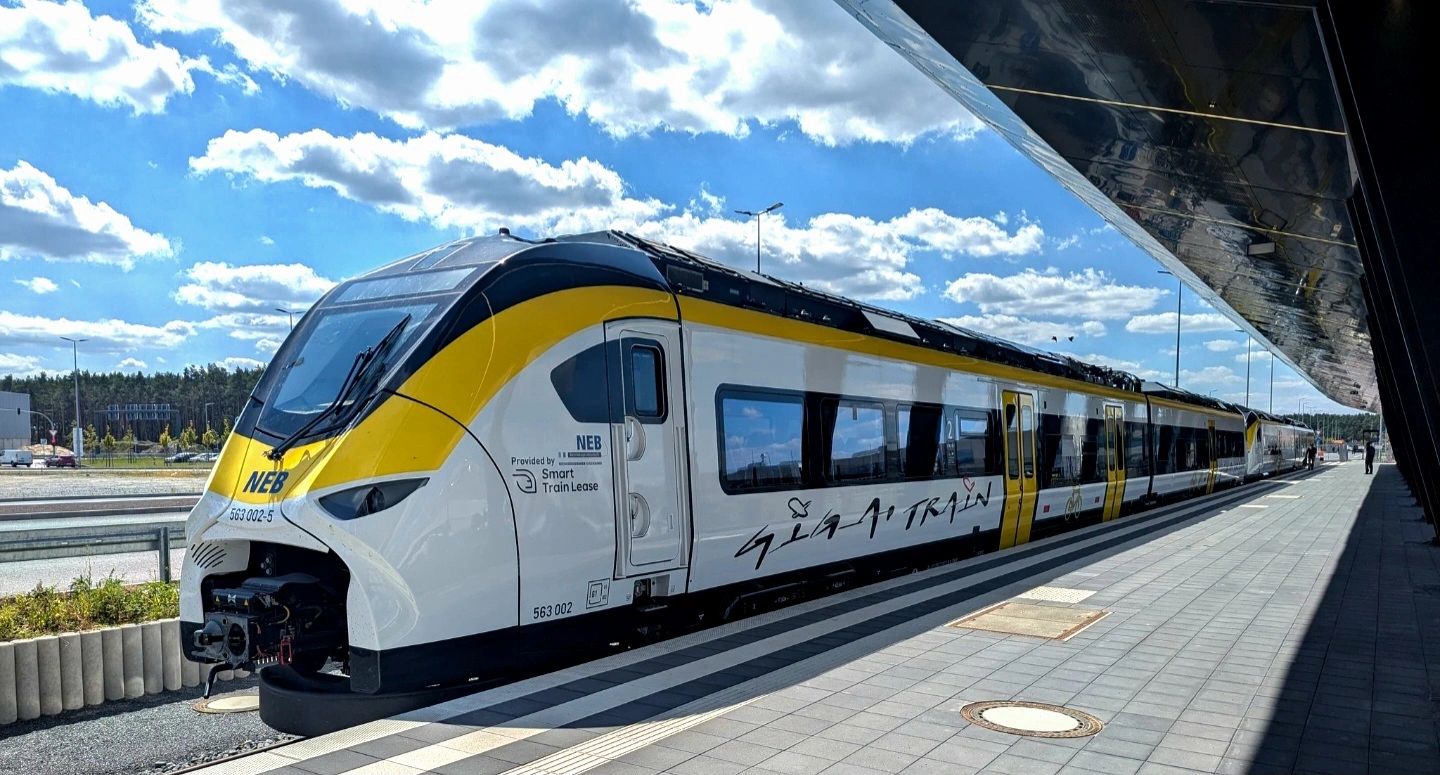
Tesla will expand its factory shuttle service in Germany beginning January 4, adding direct rail trips from Berlin Ostbahnhof to Giga Berlin-Brandenburg in Grünheide.
With this initiative, Tesla aims to boost the number of Gigafactory Berlin employees commuting by rail while keeping the shuttle free for all riders.
New shuttle route
As noted in a report from rbb24, the updated service, which will start January 4, will run between the Berlin Ostbahnhof East Station and the Erkner Station at the Gigafactory Berlin complex. Tesla stated that the timetable mirrors shift changes for the facility’s employees, and similar to before, the service will be completely free. The train will offer six direct trips per day as well.
“The service includes six daily trips, which also cover our shift times. The trains will run between Berlin Ostbahnhof (with a stop at Ostkreuz) and Erkner station to the Gigafactory,” Tesla Germany stated.
Even with construction continuing at Fangschleuse and Köpenick stations, the company said the route has been optimized to maintain a predictable 35-minute travel time. The update follows earlier phases of Tesla’s “Giga Train” program, which initially connected Erkner to the factory grounds before expanding to Berlin-Lichtenberg.
Tesla pushes for majority rail commuting
Tesla began production at Grünheide in March 2022, and the factory’s workforce has since grown to around 11,500 employees, with an estimated 60% commuting from Berlin. The facility produces the Model Y, Tesla’s best-selling vehicle, for both Germany and other territories.
The company has repeatedly emphasized its goal of having more than half its staff use public transportation rather than cars, positioning the shuttle as a key part of that initiative. In keeping with the factory’s sustainability focus, Tesla continues to allow even non-employees to ride the shuttle free of charge, making it a broader mobility option for the area.
News
Tesla Model 3 and Model Y dominate China’s real-world efficiency tests
The Tesla Model 3 posted 20.8 kWh/100 km while the Model Y followed closely at 21.8 kWh/100 km.
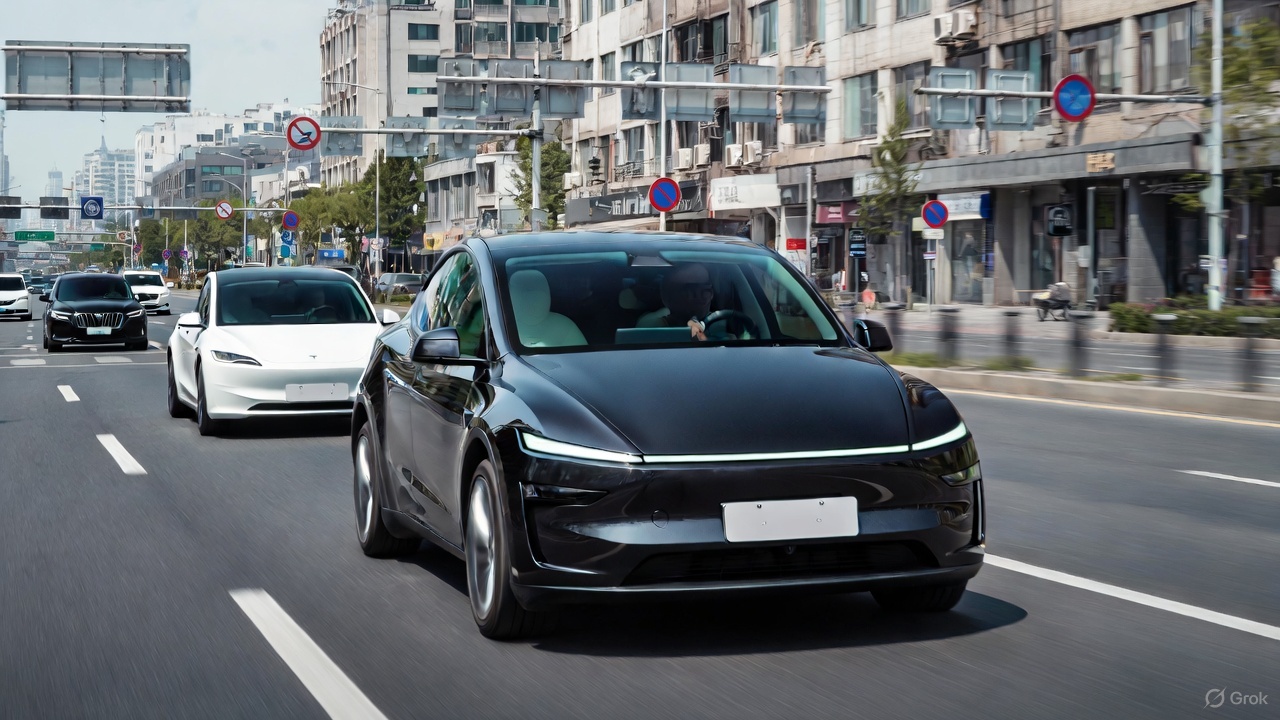
Tesla’s Model 3 and Model Y once again led the field in a new real-world energy-consumption test conducted by China’s Autohome, outperforming numerous rival electric vehicles in controlled conditions.
The results, which placed both Teslas in the top two spots, prompted Xiaomi CEO Lei Jun to acknowledge Tesla’s efficiency advantage while noting that his company’s vehicles will continue refining its own models to close the gap.
Tesla secures top efficiency results
Autohome’s evaluation placed all vehicles under identical conditions, such as a full 375-kg load, cabin temperature fixed at 24°C on automatic climate control, and a steady cruising speed of 120 km/h. In this environment, the Tesla Model 3 posted 20.8 kWh/100 km while the Model Y followed closely at 21.8 kWh/100 km, as noted in a Sina News report.
These figures positioned Tesla’s vehicles firmly at the top of the ranking and highlighted their continued leadership in long-range efficiency. The test also highlighted how drivetrain optimization, software management, and aerodynamic profiles remain key differentiators in high-speed, cold-weather scenarios where many electric cars struggle to maintain low consumption.
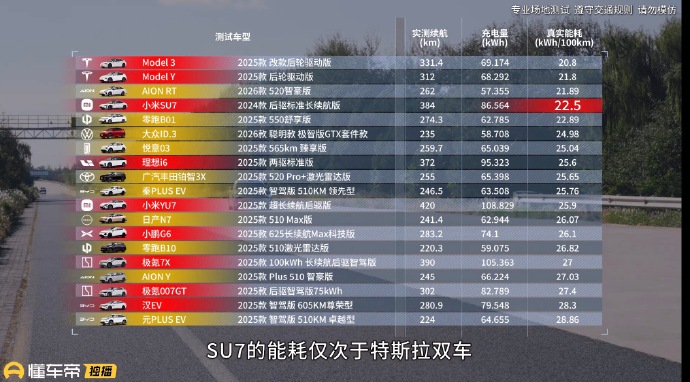
Xiaomi’s Lei Jun pledges to continue learning from Tesla
Following the results, Xiaomi CEO Lei Jun noted that the Xiaomi SU7 actually performed well overall but naturally consumed more energy due to its larger C-segment footprint and higher specification. He reiterated that factors such as size and weight contributed to the difference in real-world consumption compared to Tesla. Still, the executive noted that Xiaomi will continue to learn from the veteran EV maker.
“The Xiaomi SU7’s energy consumption performance is also very good; you can take a closer look. The fact that its test results are weaker than Tesla’s is partly due to objective reasons: the Xiaomi SU7 is a C-segment car, larger and with higher specifications, making it heavier and naturally increasing energy consumption. Of course, we will continue to learn from Tesla and further optimize its energy consumption performance!” Lei Jun wrote in a post on Weibo.
Lei Jun has repeatedly described Tesla as the global benchmark for EV efficiency, previously stating that Xiaomi may require three to five years to match its leadership. He has also been very supportive of FSD, even testing the system in the United States.
Elon Musk
Elon Musk reveals what will make Optimus’ ridiculous production targets feasible
Musk recent post suggests that Tesla has a plan to attain Optimus’ production goals.
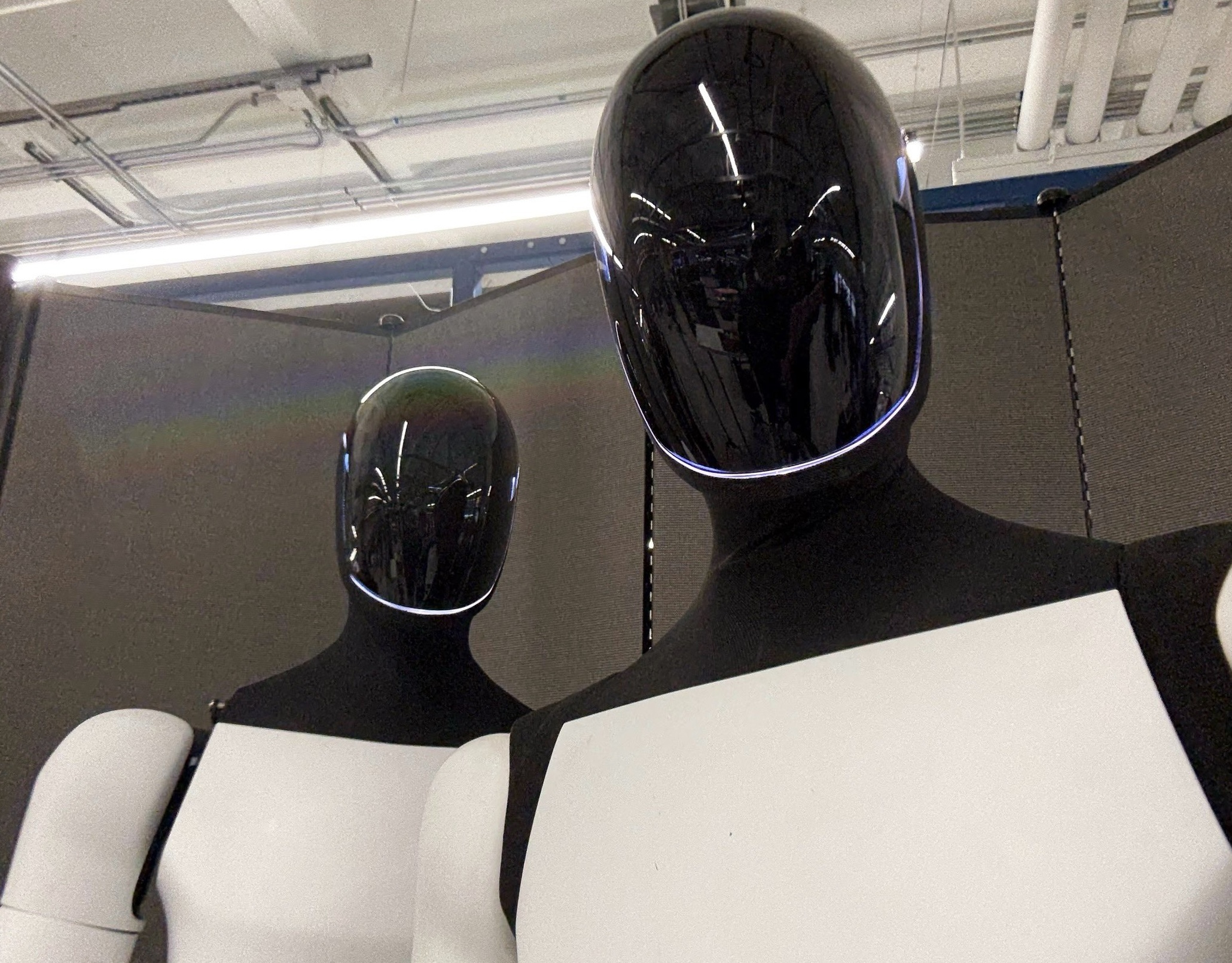
Elon Musk subtly teased Tesla’s strategy to achieve Optimus’ insane production volume targets. The CEO has shared his predictions about Optimus’ volume, and they are so ambitious that one would mistake them for science fiction.
Musk’s recent post on X, however, suggests that Tesla has a plan to attain Optimus’ production goals.
The highest volume product
Elon Musk has been pretty clear about the idea of Optimus being Tesla’s highest-volume product. During the Tesla 2025 Annual Shareholder Meeting, Musk stated that the humanoid robot will see “the fastest production ramp of any product of any large complex manufactured product ever,” starting with a one-million-per-year line at the Fremont Factory.
Following this, Musk stated that Giga Texas will receive a 10 million-per-year unit Optimus line. But even at this level, the Optimus ramp is just beginning, as the production of the humanoid robot will only accelerate from there. At some point, the CEO stated that a Mars location could even have a 100 million-unit-per-year production line, resulting in up to a billion Optimus robots being produced per year.
Self-replication is key
During the weekend, Musk posted a short message that hinted at Tesla’s Optimus strategy. “Optimus will be the Von Neumann probe,” the CEO wrote in his post. This short comment suggests that Tesla will not be relying on traditional production systems to make Optimus. The company probably won’t even hire humans to produce the humanoid robot at one point. Instead, Optimus robots could simply produce other Optimus robots, allowing them to self-replicate.
The Von Neumann is a hypothetical self-replicating spacecraft proposed by the mathematician and physicist John von Neumann in the 1940s–1950s. The hypothetical machine in the concept would be able to travel to a new star system or location, land, mine, and extract raw materials from planets, asteroids, and moons as needed, use those materials to manufacture copies of itself, and launch the new copies toward other star systems.
If Optimus could pull off this ambitious target, the humanoid robot would indeed be the highest volume product ever created. It could, as Musk predicted, really change the world.
